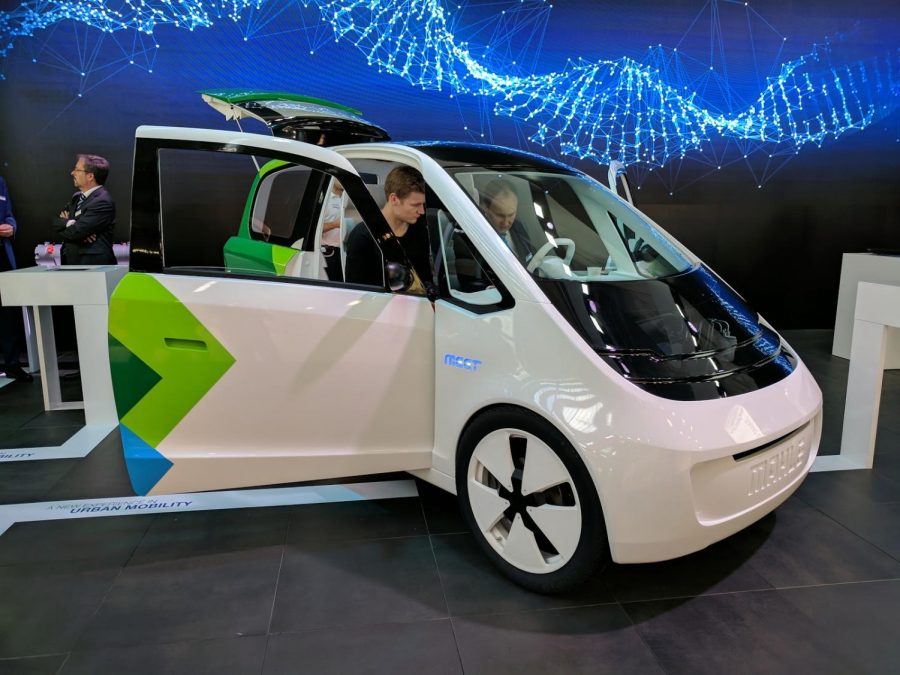The Ubiquity Of The Automobile
January 21, 2020
The year is new, and we all know what that means: new cars and new applications for the surplus of technology. We have begun to and will continue to see the release of new vehicles, each jam-packed with new sensors, cameras, motors and, yes, software. The year 2020 has brought with it a spate of cars slathered in artificial intelligence and mobile companionship: the inevitability that technology will smother us and absorb us, for better or for worse.
Taking a look at the features of new cars, we can begin to see a theme of digital interconnectivity. For this article, I reviewed 2020 models from three manufacturers: Toyota, Nissan and Mercedes.
Toyota’s RAV4 Hybrid houses an 8-inch multimedia display that supports Apple CarPlay and Android Auto. Moreover, the car has driving-assistance features, is Alexa compatible and comes with “Connected Services,” offering in-car Wi-Fi access and other mechanical services. One can even start the car with a smartwatch.
Nissan’s Maxima also includes Apple CarPlay and Android Auto. It comes with “NissanConnect Services” and is Alexa and Google-assistant compatible. You can even use a smartphone to lock and unlock the car, start and stop the engine and find the location of the car when parked. It includes Advanced Drive-Assist features with turn-by-turn directions and other safety notifications right in the dashboard.
And Mercedes’ C-Class Sedans offer a 10.5-inch multi-media display with Apple CarPlay and Android Auto. Other models include a “Driver Assistance Package” that includes active “steering,” “distancing,” “lane-keeping,” “lane-change,” “break” and “speed-limit” assistance. Moreover, “Mercedes Me Connect” ’s app is a “digital extension of your Mercedes-Benz.” By activating the car, you can get ‘“live traffic information,” “map updates,” “Car-to-X communication” (models “talk” to each other), “speech recognition and understanding,” “in-car Wi-Fi” and “much more!”
To some, this is a step towards the ubiquity of the techno-utopia we’ve seen in movies and elsewhere, but, although they may love the digital assistant stashed away in your dashboard, the internet you can connect to on the highway or the car’s receiving your data streamed through one’s phone (and vice versa), we are facilitating a reality in which the expediency of technological subsumption can become the source by which insurance companies, healthcare providers or advertisers set their policy rates (Snapshot from Progressive?), monitor your activity to determine coverage (Fitbit) or invest in your attention (does anyone else get ads when using Waze?).
It is a new market that digitally augments one’s driving experience, yet while we wallow in the features, we fail to see the larger picture: 2020 is just another year through which technological ubiquity is achieved.
Image courtesy of Christopher Isak.











